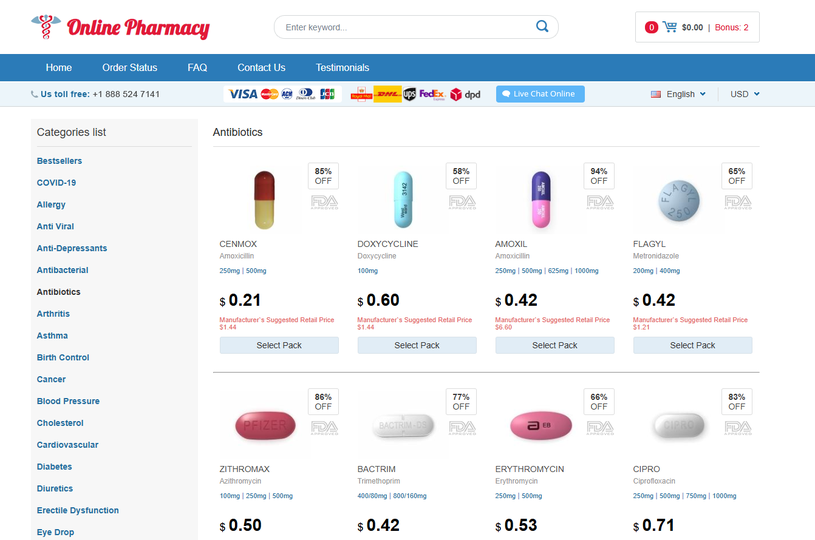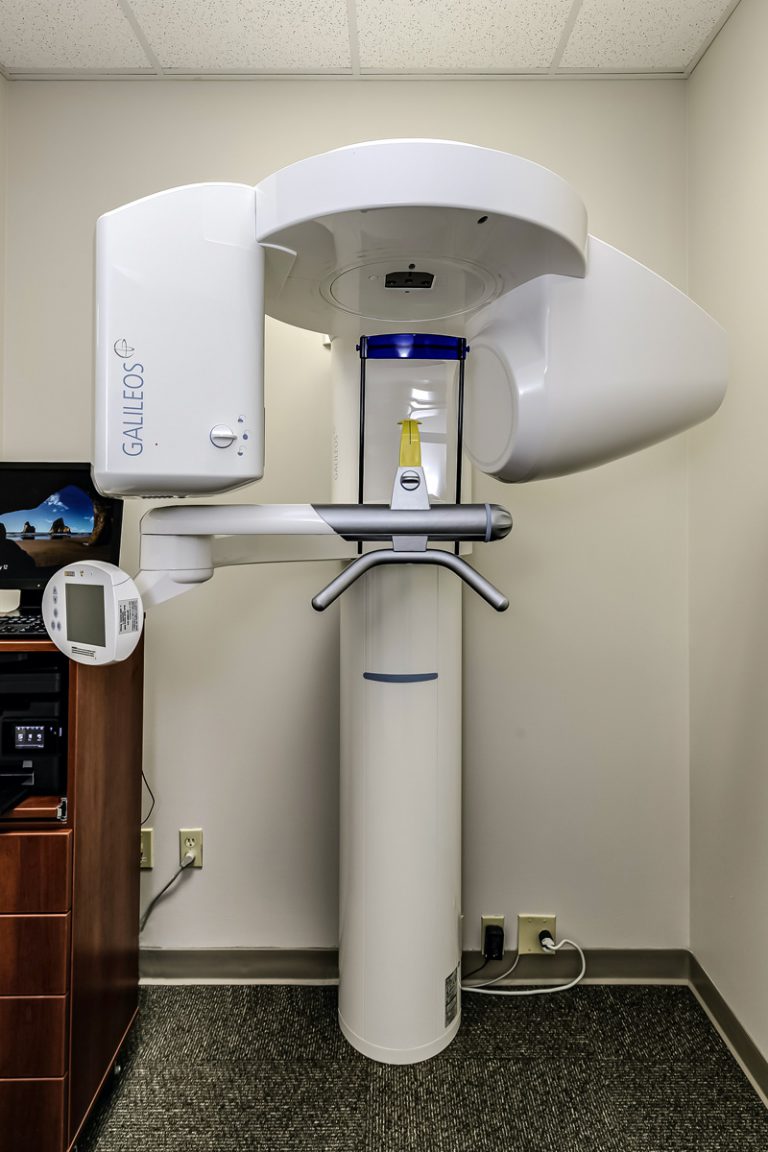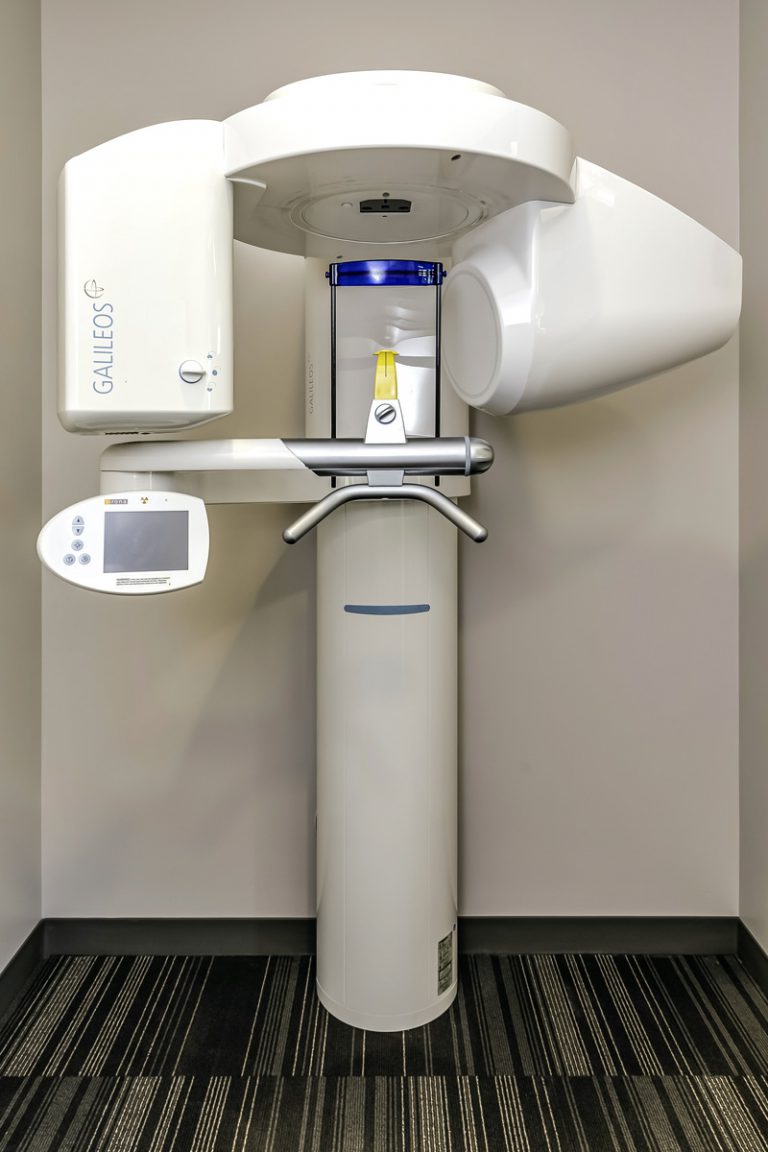To Bactrim For Sale Visit Our Pharmacy ↓

Beyond Utis: Bactrim's Versatility in Antibiotic Therapy
However, its role extends beyond just infection treatment. By combining these two active ingredients, Bactrim delivers a powerful blow to UTI-causing bacteria. However, what many people don't realize is that Bactrim also possesses unexpected health benefits that go beyond its conventional use. In the case of patients with renal impairment, dosage modifications are necessary to avoid accumulation of the drug in the body, which can increase the risk of side effects. Bactrim has emerged as a powerful ally in the battle against urinary tract infections (UTIs). Parents should also supervise any over-the-counter medications or supplements their child consumes while on Bactrim. With its dual antibiotic components, it has a significant edge in eliminating bacteria that commonly invade the urinary system.
Dosage Insights: Safeguard Your Child's Health
Sulfamethoxazole inhibits the production of dihydrofolic acid, while trimethoprim prevents the conversion of dihydrofolic acid to tetrahydrofolic acid. The combination of Bactrim with other skin infection treatments can provide a synergistic effect to combat various types of skin issues. Both men and women are susceptible to UTIs, although they are more prevalent in women. Additionally, incorporating antifungal medications can be beneficial for fungal skin infections that may not respond adequately to Bactrim alone. Moreover, Bactrim's oral bioavailability ensures adequate urinary concentrations, establishing a direct offensive against urinary pathogens. However, like any medication, it is essential to be aware of the potential side effects that may arise from its use. Moreover, Bactrim also boasts a reduced risk of recurrent UTIs.
Safe Practices When on Bactrim Medication
By blocking the synthesis of crucial components within the bacterial cells, Bactrim prevents further infection and provides much-needed relief for individuals suffering from UTIs. Its ability to quickly and efficiently eradicate these bacteria is why Bactrim has become a staple in the treatment of UTIs. Health professionals may also prescribe Bactrim for some types of opportunistic infections in patients undergoing chemotherapy or those who have undergone organ transplants, ensuring that its therapeutic reach goes well beyond the confines of urinary tract infections. Its broad-spectrum antibiotic properties make it a reliable option for conditions such as urinary tract infections, respiratory infections, and skin infections. Common adverse reactions include nausea, vomiting, loss of appetite, and mild skin rashes. Despite emerging resistance concerns, Bactrim retains its place as a first-line treatment in many protocols, due to its successful clearance rates of susceptible strains and overall contribution to combating urinary tract infections. Additionally, Bactrim has been used for many years, leading to extensive clinical experience and monitoring of resistance patterns.
The Science Behind Bactrim's Uti-fighting Formula
They can provide appropriate guidance and determine whether the benefits outweigh the risks in individual cases. This makes it an invaluable tool in the treatment of a diverse range of infections, such as respiratory tract infections, urinary tract infections, skin infections, and even certain gastrointestinal infections. Some individuals may experience gastrointestinal issues such as nausea or diarrhea, while others may develop allergic reactions like rashes or itching. These include persistent headache, unusual bruising or bleeding, severe skin reactions like Stevens-Johnson syndrome, and a sudden onset of fever or sore throat, which may signal an underlying infection. Bactrim, a powerful antibiotic, has been widely used to combat various infections. It is essential to consult with a healthcare provider before introducing any new medication or supplement to ensure its compatibility with Bactrim and to receive guidance on appropriate dosing and timing to minimize potential risks. As it is a combination drug, it offers the advantage of disrupting bacterial growth in two distinct ways, increasing the efficacy of treatment for some infections.
Dosage and Duration: Optimizing Bactrim's Impact
If a dose is missed, it should be taken as soon as possible, unless it's nearly time for the next scheduled dose; in that case, the missed dose should be skipped to avoid doubling up. This combination makes Bactrim an ideal choice for treating a range of infections, including respiratory tract infections, urinary tract infections, skin infections, and even certain sexually transmitted diseases. For those who experience recurrent UTIs, long-term prophylactic antibiotics or patient-initiated therapy may be considered. Other antibiotics such as Nitrofurantoin or Fosfomycin are often used when Bactrim is not appropriate, or if the bacteria causing the infection are resistant. Accounts of nausea, severe headaches, and hypersensitivity reactions surface in discussions, emphasizing the importance of monitoring individual responses to Bactrim. By combatting the underlying infection and alleviating discomfort, Bactrim empowers individuals to regain control over their lives. coli, which cannot take up folic acid from their environment and must synthesize it internally.
Surprising Uses in Respiratory Ailments
Bactrim is highly effective against a broad spectrum of bacteria, including those commonly responsible for UTIs, such as Escherichia coli.The significance of Bactrim lies in its ability to treat UTIs quickly and effectively, providing relief to patients suffering from the painful symptoms associated with these infections. Additionally, Bactrim can affect blood clotting, so patients with bleeding disorders or those taking anticoagulant medications should exercise caution and inform their healthcare provider about their condition. Bactrim, commonly known for its effectiveness against urinary tract infections (UTIs), is a broad-spectrum antibiotic that has proven to be a potent weapon against a variety of bacterial infections. Bactrim, a combination of sulfamethoxazole and trimethoprim, is an effective antibiotic used to treat various infections in children. This dual attack is particularly beneficial in treating infections caused by MRSA (Methicillin-resistant Staphylococcus aureus), as it often presents a challenge due to its resistance to many antibiotics. Given its potential to affect kidney function and the possibility of hyperkalemia, Bactrim should be used with caution in patients with existing kidney impairments. Additionally, it's important to follow the prescribed dosage and schedule to minimize the risk of adverse reactions.
Severe Allergic Reactions and Risks
Overall, the numerous benefits of Bactrim make it a reliable and popular choice in the battle against UTIs. It belongs to the class of drugs called sulfonamides and works by attacking the bacteria causing the UTI, inhibiting its growth and preventing it from spreading further in the urinary tract. This lesser-known use of Bactrim has provided relief and improved quality of life for many UTI sufferers. However, it is essential to follow the prescribed dosage and complete the full course of treatment to ensure the complete eradication of the infection and prevent antibiotic resistance. For children who take it as a liquid suspension, shaking the bottle well before each dose ensures proper mixing of the medication. These stories often serve as cautionary tales, illustrating the variability in tolerance and reminding patients and healthcare providers alike of the critical nature of personalized care in antibiotic therapy. The choice of antibiotic for UTIs also considers factors such as patient allergies, history of antibiotic usage, and specific patient characteristics.
A Brighter Future, Together
She experienced an intense hangover, far worse than any she'd had before, including dizziness, nausea, and heart palpitations. While shorter courses are sufficient for uncomplicated UTIs and minimize the risk of side effects, complicated or severe infections may necessitate prolonged therapy. Common pain relievers like ibuprofen or aspirin should be used with caution, as they can also augment the possibility of bleeding. Bactrim, also known as a prescription antibiotic, is commonly used to treat a variety of skin infections. Moreover, interactions with other medications, especially those affecting the kidneys or blood cells, should be carefully monitored to prevent adverse effects. One of these lesser-known uses is its potential for treating certain types of pneumonia. Alcohol's impact on the liver's enzyme activity often hinders how the body processes Bactrim, a comp medication.
Dosage and Usage Guidelines for Optimal Results
It is crucial to have a proper diagnosis and consult with a healthcare professional to determine the most appropriate treatment option based on the specific infection and individual factors. However, more severe allergic reactions such as anaphylaxis and Stevens-Johnson syndrome can occur, necessitating immediate medical attention. UTIs are commonly caused by bacteria entering the urethra and multiplying in the urinary tract. It is crucial to inform the healthcare provider about all medications, including over-the-counter drugs and herbal supplements, being taken to avoid any potential interactions. These success stories serve as a testament to Bactrim's efficacy and highlight its role as a powerful weapon in the fight against respiratory infections. This antibiotic is typically prescribed in a standard dose for uncomplicated UTIs, but the duration and frequency can vary depending on the severity of the infection and patient characteristics. Bactrim belongs to a class of drugs known as sulfonamides and is commonly prescribed by healthcare professionals for treating a range of bacterial infections.
Bactrim: a Potent Weapon in the Fight Against Utis
Bactrim, a widely used antibiotic, is often prescribed to treat UTIs. It's especially important to be cautious when starting a new medication while already on Bactrim to avoid any harmful drug combinations. Ensuring the correct dosage of Bactrim for children is critical for its effectiveness and minimizing potential side effects. These include increased water intake, cranberry products, and probiotics, which can help prevent UTIs or alleviate symptoms until medical treatment is sought. 4) The Benefits of Bactrim: Faster Relief and Fewer Recurrences. Bactrim's mechanism of action involves two active ingredients, sulfamethoxazole and trimethoprim, which work synergistically to inhibit the growth and reproduction of bacteria. Bactrim is commonly used to treat a variety of skin infections, ranging from simple impetigo to more complex cellulitis and abscesses.










































